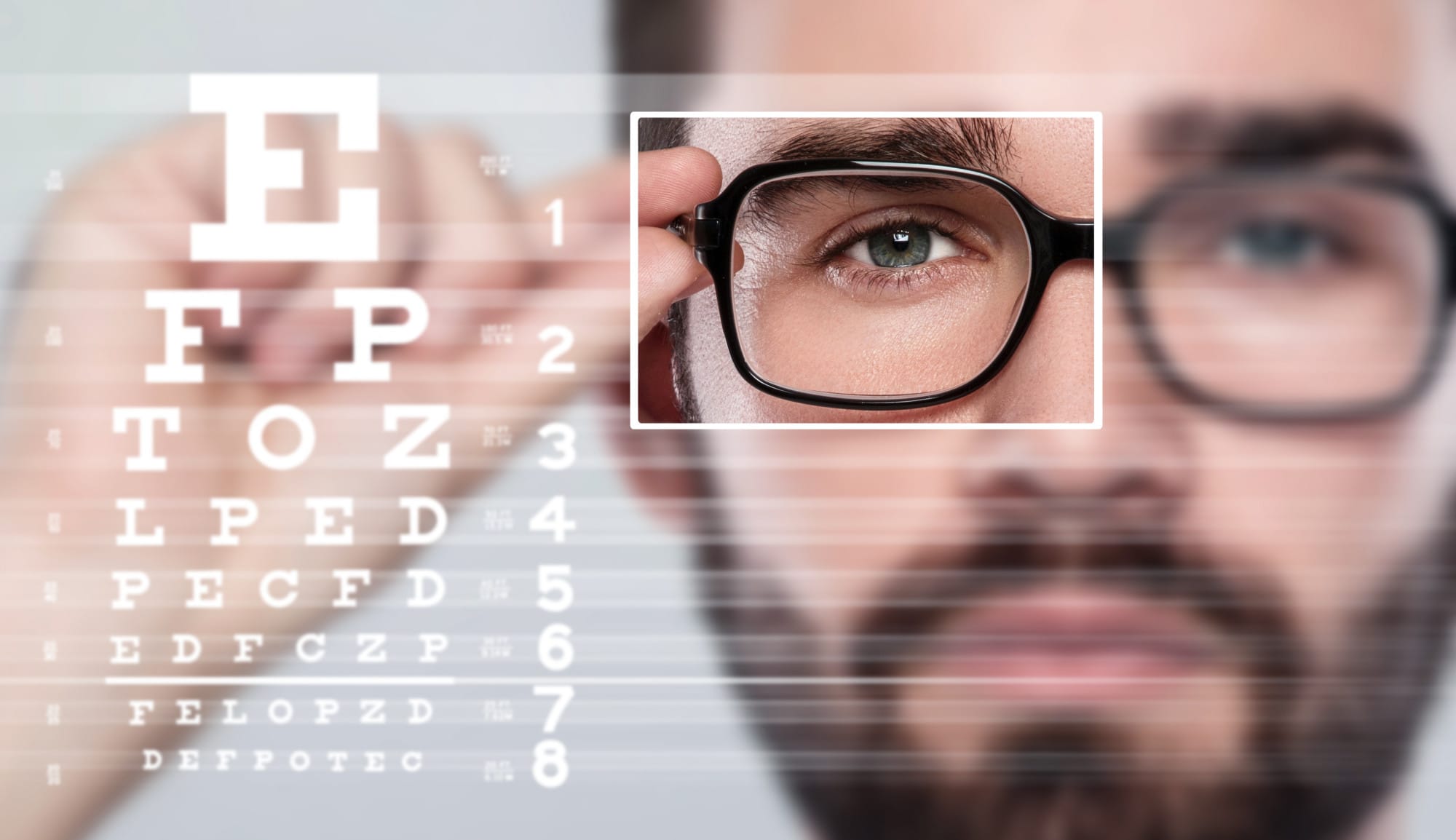Did you know that an estimated 10 million people in the United States have a visual impairment? That means they suffer from either partial or complete vision loss.
While some visual impairments are congenital, others are due to injuries or disease. Leaving these problems untreated or uncorrected can lead to permanent vision loss.
That’s all the more reason to get routine eye tests for healthy vision, especially as you age.
But how much does an eye exam cost? Is there even anything you can do to reduce it?
We’ll answer those questions below, so read on.
Average Eye Exam Cost
The average eye test can cost between $100 and $200 without insurance.
If you have health or vision insurance, you only have to shoulder the copay amount, which can be between $15 and $20. Your insurance provider then covers the rest of the charges.
Fortunately, many optometrists and ophthalmologists accept insurance. Examples include the doctors at Btowneyecare.com, M&M Institute, and Sterling Vision. They all accept popular medical and vision plans from Medicare, Aetna, VSP, and Davis, to name a few.
Factors Dictating Eye Test Cost
The cost of an eye exam depends on how comprehensive the procedure is. For example, a visual acuity test (where you read letters from an eye chart) may only cost about $50 to $100. However, if you also need a visual field test and a refraction assessment, expect to pay another $50 to $100.
The type of eye doctor you see (e.g., optometrist vs. ophthalmologist) also impacts your eye exam cost. Optometrists are eye doctors, but as they’re not medical doctors, they may charge less. Don’t worry, though, as they have the qualifications to provide an eye consultation.
An eye doctor’s specific insurance participation also determines the cost of an exam.
Suppose you go to an optometrist who isn’t part of your insurance network but accepts your plan. In that case, your insurance provider will cover only a portion of the test. You’ll then have to shoulder the difference.
If you go to an in-network eye doctor, your insurance provider covers the test up to your plan’s limit. Depending on your coverage, it can be 100%. However, if there’s a copay, you must shell that out first before your insurance kicks in.
Getting Cheaper Eye Tests Without Insurance
According to the CDC, over half of U.S. adults don’t seek eye care because of costs or lack of awareness.
The good news is that even if you don’t have insurance, you can still get low-cost eye care with a patient payment plan. An example is a medical and healthcare credit card. With this, you can make monthly, affordable payments to a doctor at no interest.
Medical and health credit cards can help pay for treatments aside from eye exams. You can also use them with existing insurance to cover copays and deductibles. You can even charge procedures not covered by insurance to these cards.
Protect Your Vision With Affordable Eye Tests
Now that you know the average eye exam cost, you can start looking for an eye doctor offering low-cost tests. If you have insurance, check its network to ensure you visit a participating doctor. If you don’t have coverage, consider getting a healthcare credit card to help pay for your vision care.
To read more informative health and wellness guides like this, check out our latest posts!







